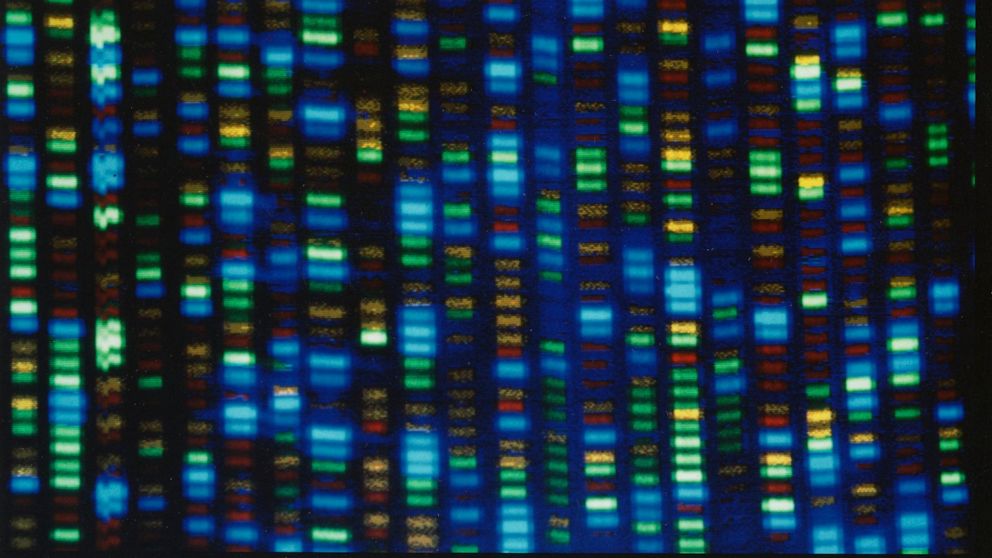In recent years, the field of genomics has made significant strides in understanding the genetic makeup of various organisms. One of the key tools used in this field is the DNA project, which involves sequencing the entire genome of an organism to gain a comprehensive understanding of its genetic makeup. By comparing the genomes of different organisms, scientists can gain insights into the evolutionary relationships between species and identify genetic variations that may be responsible for certain traits or diseases.
One of the main benefits of DNA projects is that they allow scientists to obtain diverse genomes for comparison. In the past, most genomic studies focused on a small number of model organisms, such as mice or fruit flies, which were chosen because they were easy to study and had well-characterized genomes. However, these organisms represent only a small fraction of the diversity found in the natural world. By sequencing the genomes of a wide range of organisms, including those that are less well-known or have not been studied before, scientists can gain a more complete understanding of the genetic basis of life.
One example of a large-scale DNA project is the Earth BioGenome Project, which aims to sequence the genomes of all known eukaryotic species on Earth. Eukaryotes are organisms that have cells with a nucleus, such as animals, plants, and fungi. The project is expected to take 10 years and cost around $4.7 billion, but it could provide valuable insights into the evolution and diversity of life on our planet.
Another example is the Human Genome Diversity Project, which aims to sequence the genomes of people from different populations around the world. By comparing the genomes of people from different regions, scientists can gain insights into the genetic basis of traits such as skin color, height, and susceptibility to certain diseases. The project has been criticized for its potential to reinforce racial stereotypes and for its lack of transparency in obtaining informed consent from participants.
Despite these concerns, DNA projects have already yielded valuable insights into the genetic basis of life. For example, the sequencing of the human genome in 2003 has led to the identification of thousands of genes that are involved in various biological processes, including disease. The genomes of other organisms, such as the fruit fly and the mouse, have also been sequenced, providing valuable insights into the genetics of development and disease.
In conclusion, DNA projects are a powerful tool for understanding the genetic basis of life. By obtaining diverse genomes for comparison, scientists can gain insights into the evolutionary relationships between species and identify genetic variations that may be responsible for certain traits or diseases. While there are concerns about the ethics and potential biases of these projects, they have already yielded valuable insights into the genetic basis of life and are likely to continue to do so in the future.



